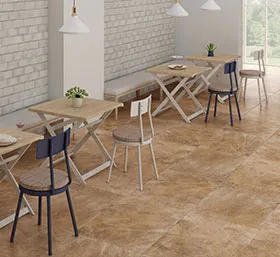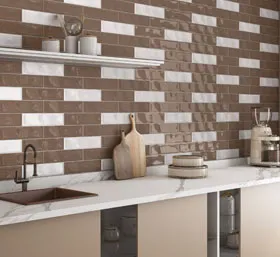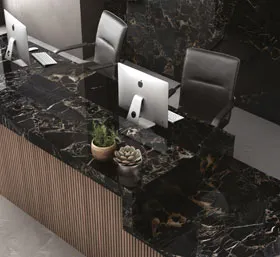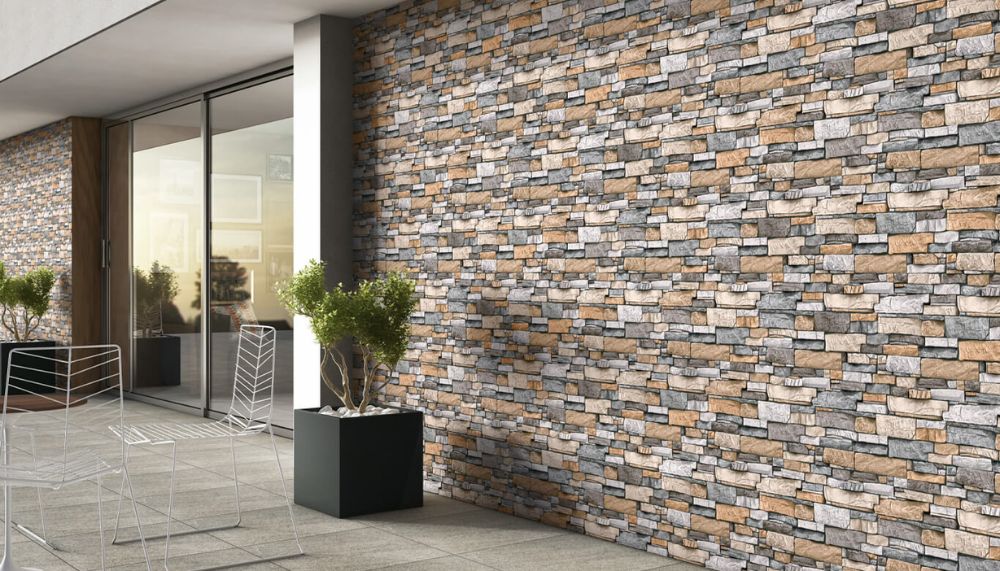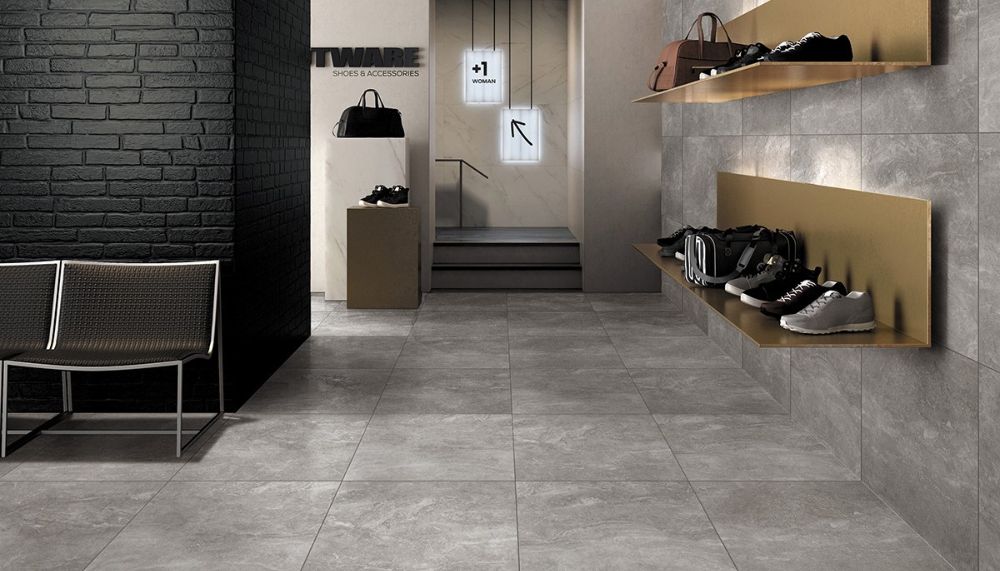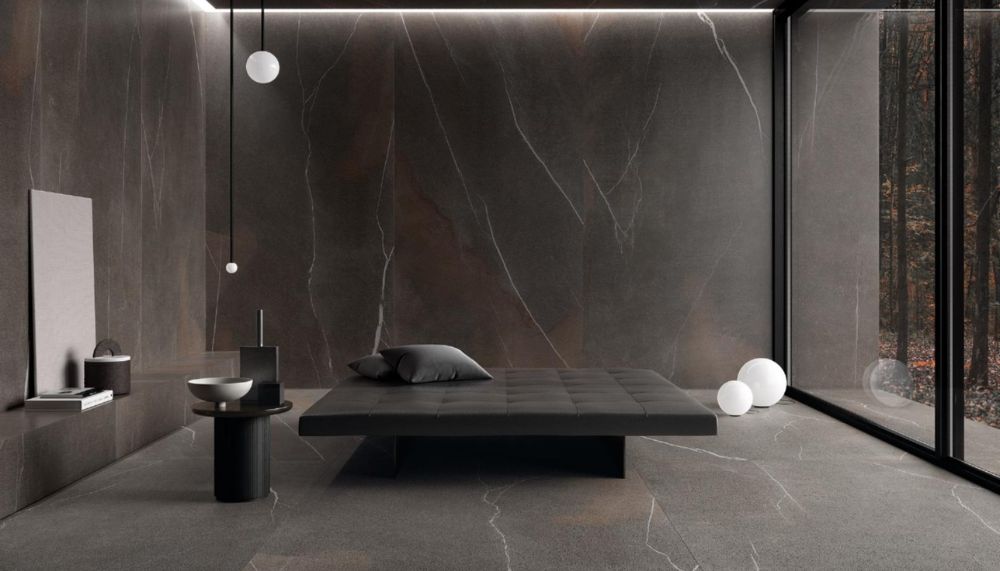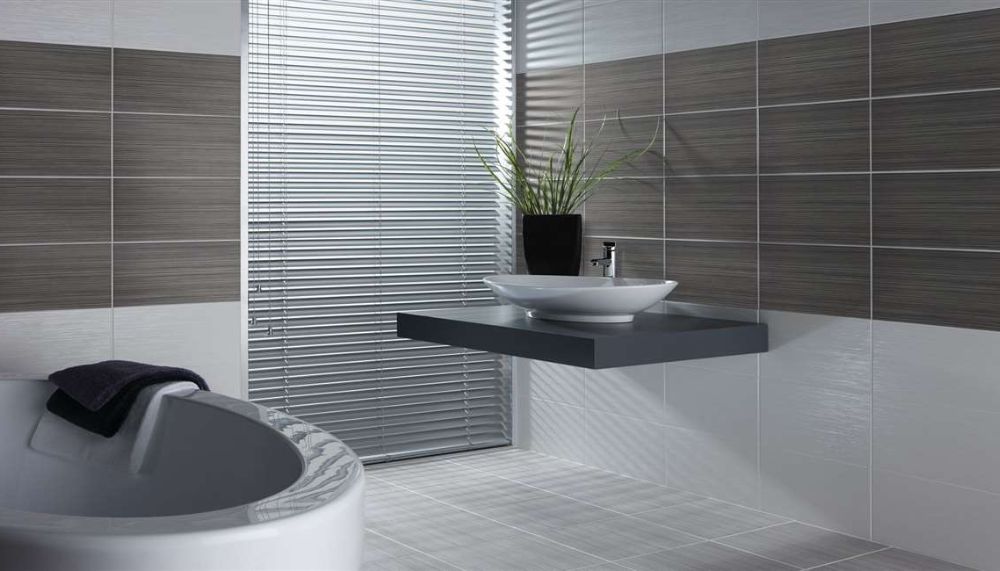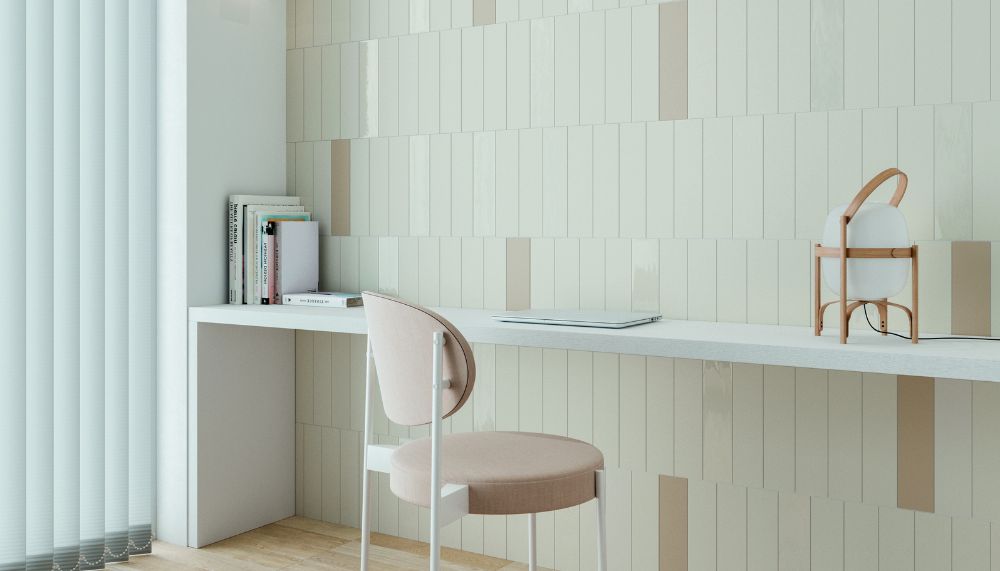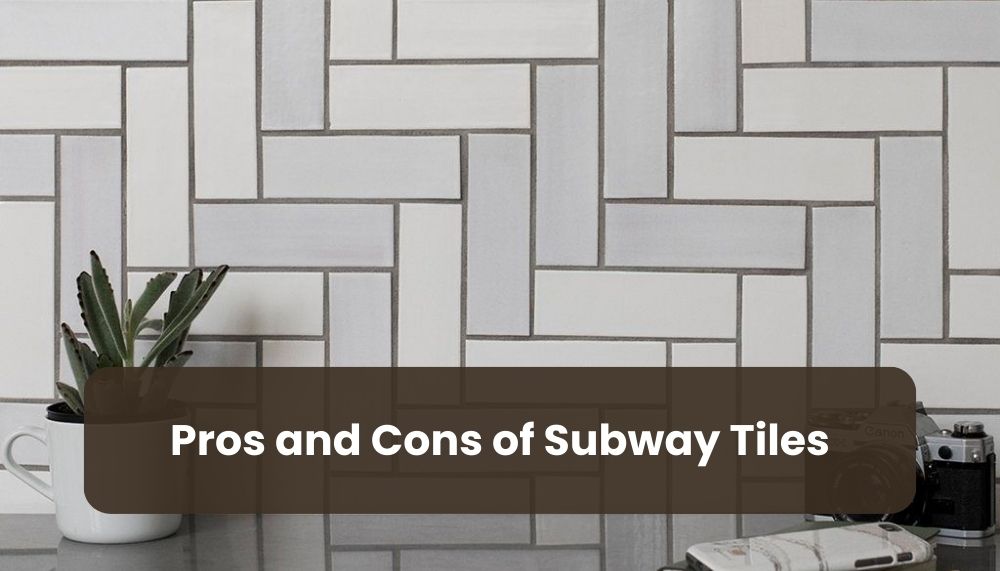
Subway tiles, also called metro tiles, are small-sized tiles that are used in kitchens and bathrooms. They're neat rectangular tiles that measure 3 inches by 6 inches, giving a classic and timeless look.
But, before you jump on the subway tile bandwagon, let's talk about them comprehensively.
The Considerable Advantages & Disadvantages of Subway Tiles
Pros of Subway Tiles
1. Timeless Aesthetic
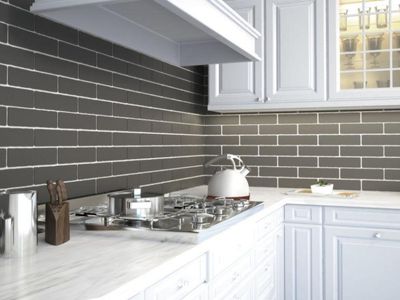
Subway tiles are like the forever and timeless option. Their clean and simple look has been in style for more than 100 years! That means these tiles fit right in, no matter if your home style is old-school or super modern. They're like the chameleons of design, always looking good.
2. Bright and Reflective

Subways have reflective surfaces that make your space look bright and shiny. Their glossy finish reflects light, making even tiny rooms look open and sunny. It's like magic, making your home feel bigger and brighter!
3. Wide Range of Colors
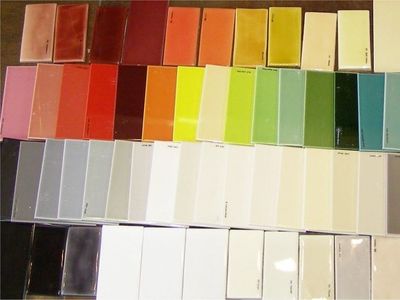
Subway tiles are available in a wide range of colors, allowing homeowners to choose a shade that complements their overall design theme. From classic white and neutral tones to bold and vibrant hues, tiles offer versatility in color selection.
4. Affordability
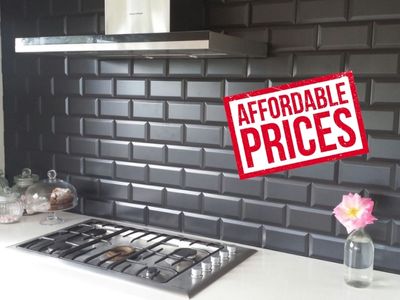
Compared to some other tile options, subway tiles are generally more affordable. They are an appealing option for homeowners on a tight budget or those seeking an affordable way to update their spaces because of their cost-effectiveness.
5. Easy to Clean
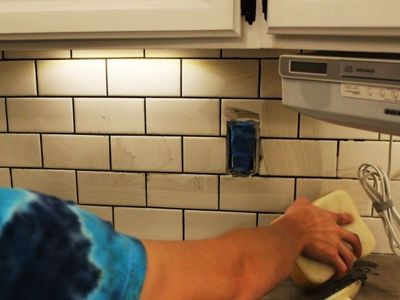
The subway tile's non-porous, smooth surface makes cleaning them simple. This feature is particularly helpful in places like kitchens and bathrooms where spills and moisture are common. A simple wipe-down is often sufficient to maintain the tiles' cleanliness.
6. Endless Layout Possibilities
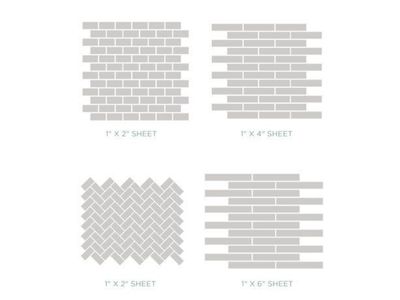
While the traditional brick pattern is the most common layout for subway tiles, they offer endless possibilities for creative layouts. Herringbone, basketweave, and vertical or horizontal stack are just a few layout options that add visual interest and uniqueness to the design.
Cons of Subway Tiles
1. Grout Maintenance
The main drawback of subway tiles lies in the maintenance of the grout lines. Because of their small size and the necessity for grout between tiles, keeping the grout lines clean can be challenging. Grout is prone to staining, discolouration, and mold growth. Thereby, requiring regular cleaning and maintenance.
2. Cold Surface
In colder climates, the ceramic material of subway tiles makes surfaces feel cold. When you use these tiles on the floor, this be a drawback, especially in areas where people prefer a warmer feel underfoot.
3. Installation Challenges
While the installation of subway tiles is generally straightforward, achieving a professional and polished look be challenging for DIY enthusiasts. Ensuring that tiles are evenly spaced, grout lines are consistent, and corners are neat requires precision and skill.
4. Limited Size Options
Traditional subway tiles are typically 3 inches by 6 inches. While this size is a classic choice, it may not suit everyone's preferences or design vision. Limited size options be a constraint for those seeking larger or smaller tile dimensions.
5. Susceptibility to Chips
The glazed surface of these tiles is susceptible to chipping, especially in high-traffic areas or if heavy objects impact the tiles. While chips may be repairable, they detract from the overall appearance of the tiled surface.
Conclusion
To put it simply, these tiles are fantastic for giving your house a stylish, vintage appearance. They are inexpensive, easily cleaned, and available in a wide variety of colors. However, the material that lies in between the tiles is known as grout, so be cautious of it. It requires maintenance and gets dirty.
Additionally, subway tiles are very popular, so you may need to search further if you're looking for something truly distinctive. Overall, these tiles create an amazing effect in your home and maintain that look for a long time if you take good care of them.

